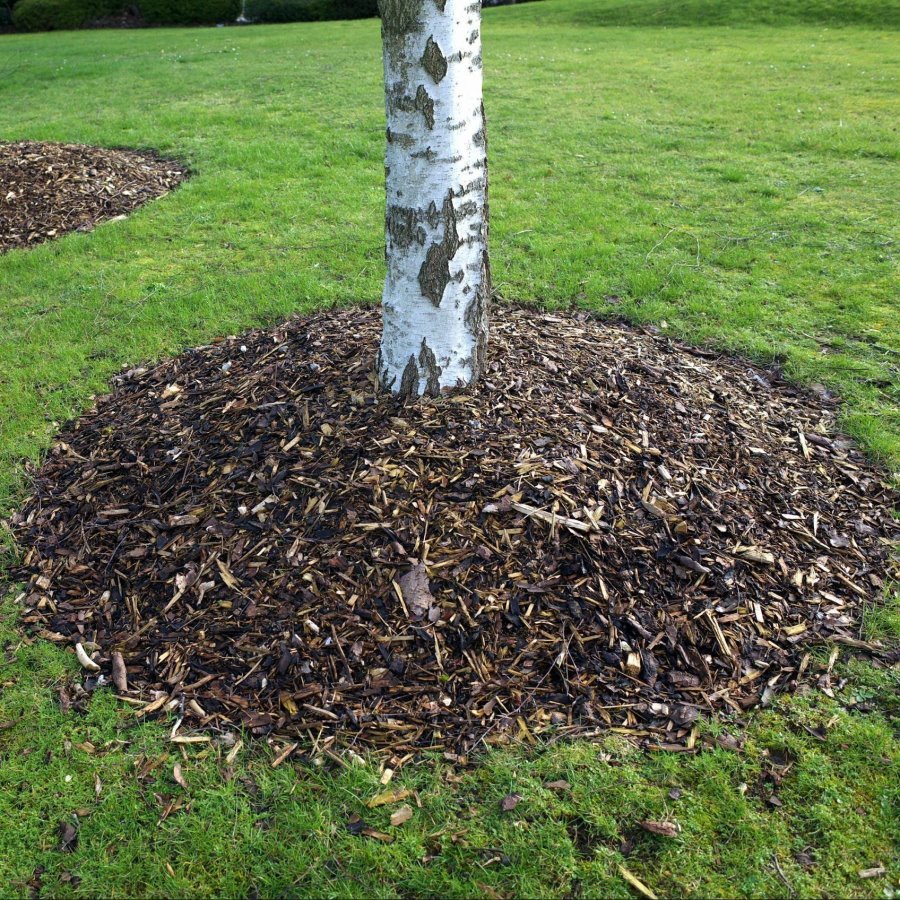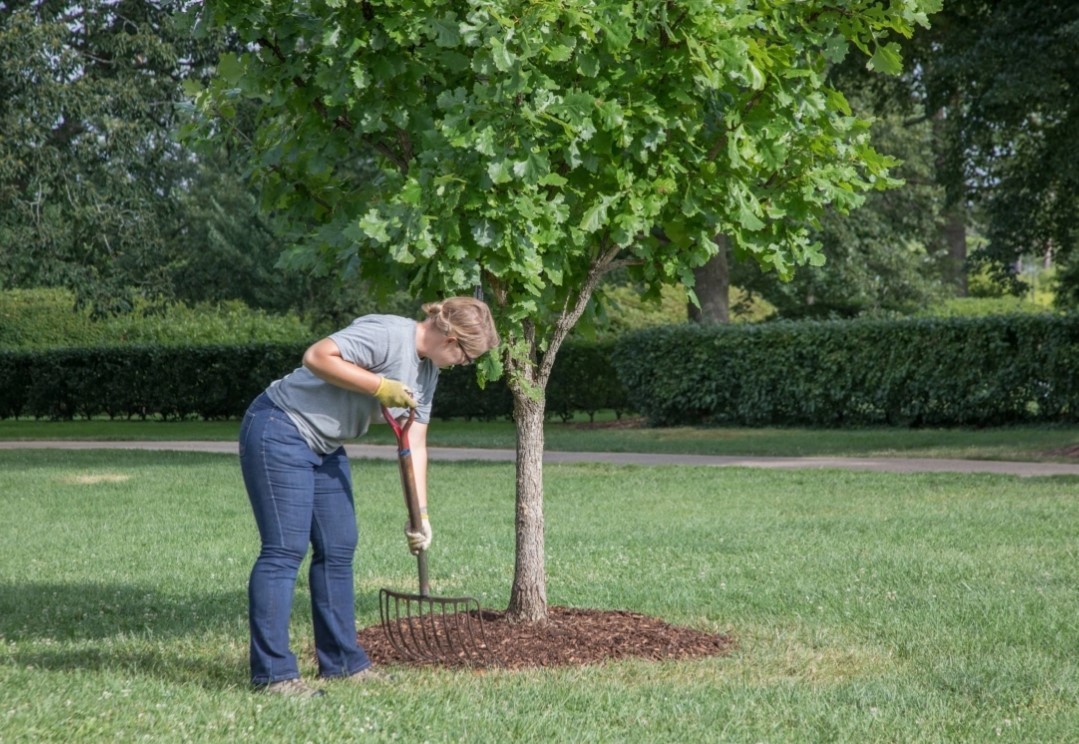What is Mulch?
Mulch is a material that is spread around the soil surface to maintain moisture and improve soil conditions. Applying a 2- to 4-inch (5- to 10-cm) layer of organic mulch can mimic a more natural environment and improve plant health.
Type of Mulch
Mulch can be broadly classified into two types – organic and inorganic. While organic mulch decomposes and improves the quality and fertility of soil, inorganic mulch does not contribute to the improvement of soil structure, the addition of organic materials, or the provision of nutrients. In fact, materials such as geotextile fabrics and gravels can trap heat and create an unfavourable environment for soil microorganisms during summer.
Among the organic mulch, wood chips are the most commonly used. Other materials like pine needles, bark from both hardwood and softwood, cocoa hulls, leaves, compost mixes, and other plant-based products can also be utilized as mulch. Inorganic mulches, on the other hand, include stone, lava rock, pulverized rubber, geotextile fabrics, and other materials. Unlike organic mulch, inorganic mulch does not decompose and does not require frequent replenishing.
7 Benefits of mulch
- It adds organic matter to your soil.
- It helps to retain soil moisture.
- It regulates the soil temperature.
- It provides a natural barrier to stop weeds.
- It increases soil biological activities.
- It improves soil drainage and structure.
- It prevents soil compaction and erosion.


Tree Health Issues
Wondering about costs?

